Dogs love to explore, chew, and dig—but that can lead to household chaos. Dog-proofing your home keeps them safe while protecting your space.
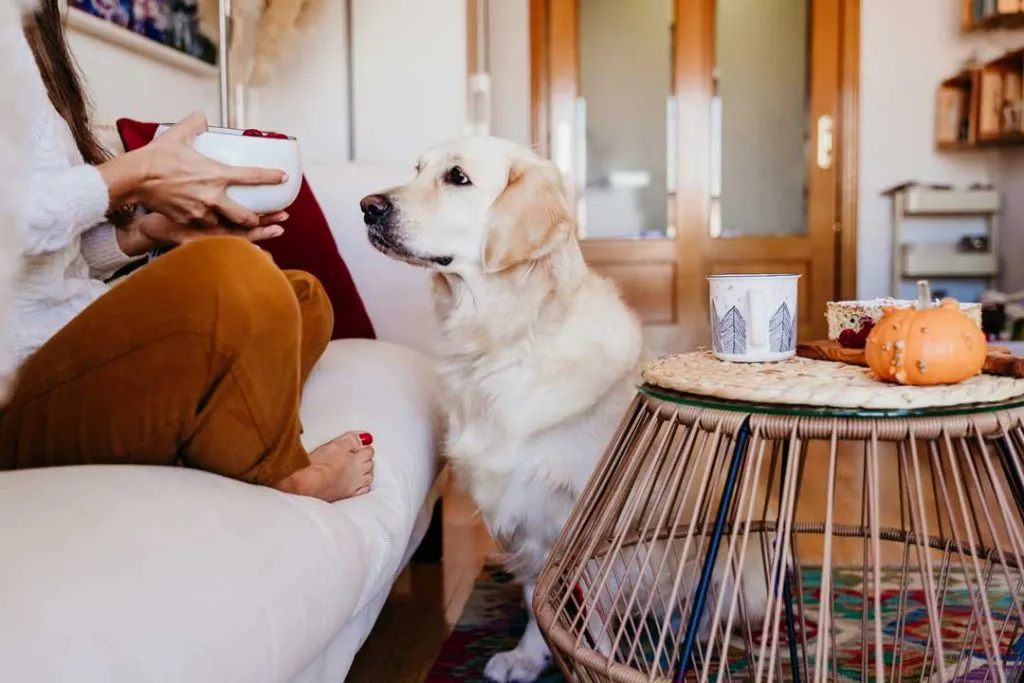
Dogs see the world as one giant buffet of chewable objects, questionable snacks, and mystery holes to dig up. While this adventurous spirit is part of what makes dogs so lovable, it can also mean big trouble if your home and garden aren’t prepared for their shenanigans.
Unless you enjoy discovering gnawed chair legs and crater-like holes in your once-beautiful lawn, it’s time to roll up your sleeves and dog-proof your home. How do you do that? Read on to find out.
How to Dog-Proof Your Home & Garden Like a Pro
Dog-proofing your home is essential for keeping your furry friend safe and preventing household damage. From chewing furniture to raiding the trash, dogs have a knack for getting into trouble. A well-prepared home and garden can reduce accidents, protect your belongings, and create a stress-free space for both you and your pet.
In this guide, we’ll share simple yet effective dog-proofing strategies to keep your home and yard secure. Whether your pup loves to dig, chew, or escape, these tips will help you create a pet-friendly environment without sacrificing your home’s comfort and style.
Know Thy Canine
Before you conquer the task of dog-proofing, you’ll need to familiarize yourself with your dog’s unique quirks. Every canine has their own brand of naughtiness, after all.
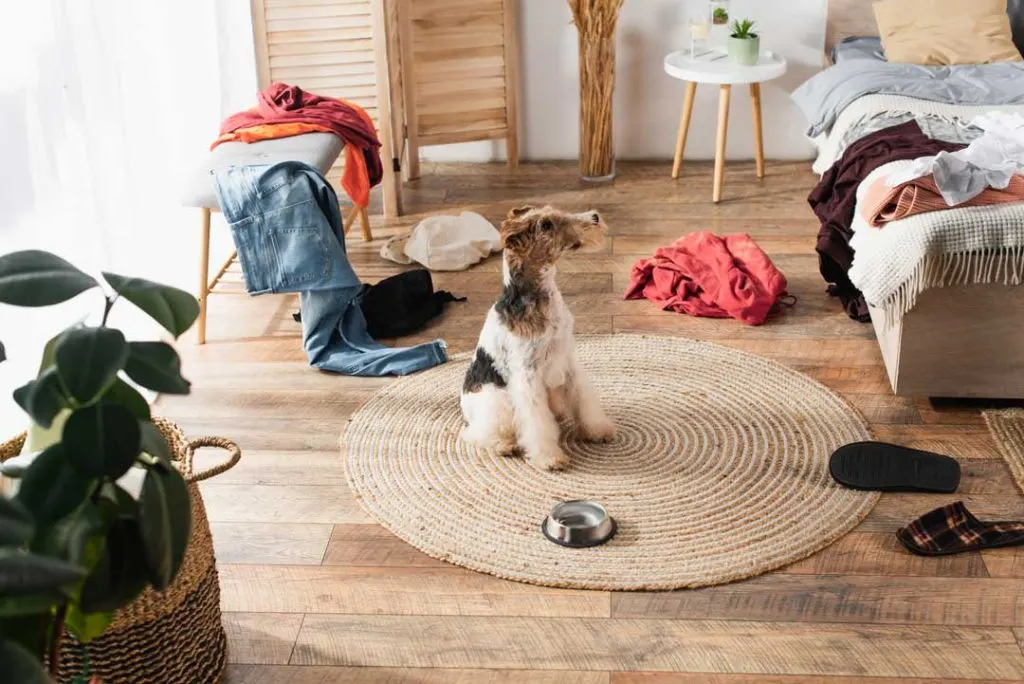
Some prefer to shred paper (R.I.P., last week’s mail), while others can’t resist rummaging through the kitchen trash can. Is your dog a stealthy sock thief? A champion counter-surfer? A sneaky digger?
- Observe Habits: Take note of what your dog goes for most often. Is it your shoes, your kids’ toys, or that one specific corner of the carpet that apparently tastes delicious?
- Identify Patterns: Does your dog misbehave more when they’re bored, or when you’re out of the house? Pinpointing triggers can help you manage the root cause of the trouble—maybe they need more mental stimulation or playtime.
- Breed Traits: While every individual dog is unique, breed tendencies can give you a few clues. Terriers, for instance, love to dig. Hounds like to follow scents and might try to escape if they smell something interesting. Understanding these traits can help you predict your dog’s next move.
Once you’re armed with this info, you can gear your dog-proofing efforts to nip these favorite misdeeds in the bud. Remember: “Better safe than sorry” wasn’t coined by someone who had to clean up a living room blanketed in shredded toilet paper.
Clear the Clutter: The Art of Decluttering for Dogdom
Nothing says “temptation” to a curious pup like a floor covered in stray socks, kids’ toys, and random objects that obviously need a good chewing. One of the simplest dog-proofing strategies is also the easiest to overlook: Pick up your stuff.
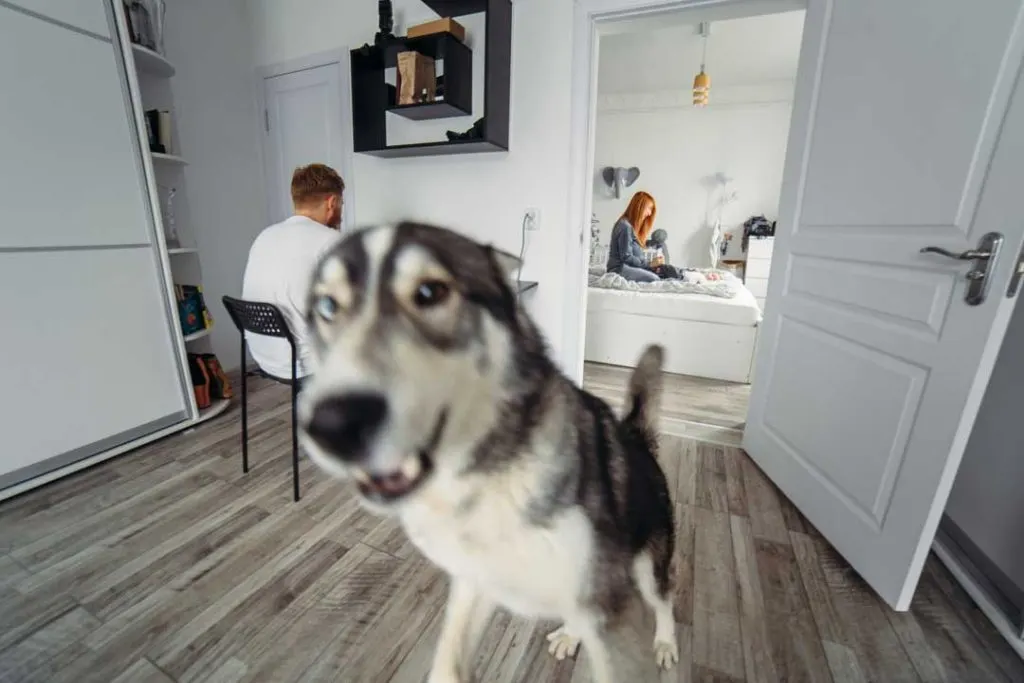
- Unintentional Chew Toys: Shoes, cords, and plastic bottles left lying around might as well have neon signs that read “Chew Me!” So keep these items stored out of reach—especially if your dog has a history of turning them into slobbery confetti.
- Kid Zone vs. Dog Zone: If you have kids, teach them to store their small toys in sealed bins or on higher shelves. Nothing like a LEGO to ruin a dog’s afternoon (and your bank account if an expensive vet visit follows).
- Vertical Storage: Shelves, hooks, and closet organizers are your friends. The more you can keep off the floor, the less temptation for your dog to investigate with their teeth.
By simply clearing the clutter, you’ll reduce the potential for disaster by about 75%. At least, that’s a statistic I just made up—but trust me, it’s close enough to reality.
Chew Toy Buffet: Distract ‘Em to Save Your Stuff
Dogs often turn to chewing because they’re bored or anxious—or because they’re dogs and that’s just what they do. If you don’t provide them with approved chew items, they’ll find their own.
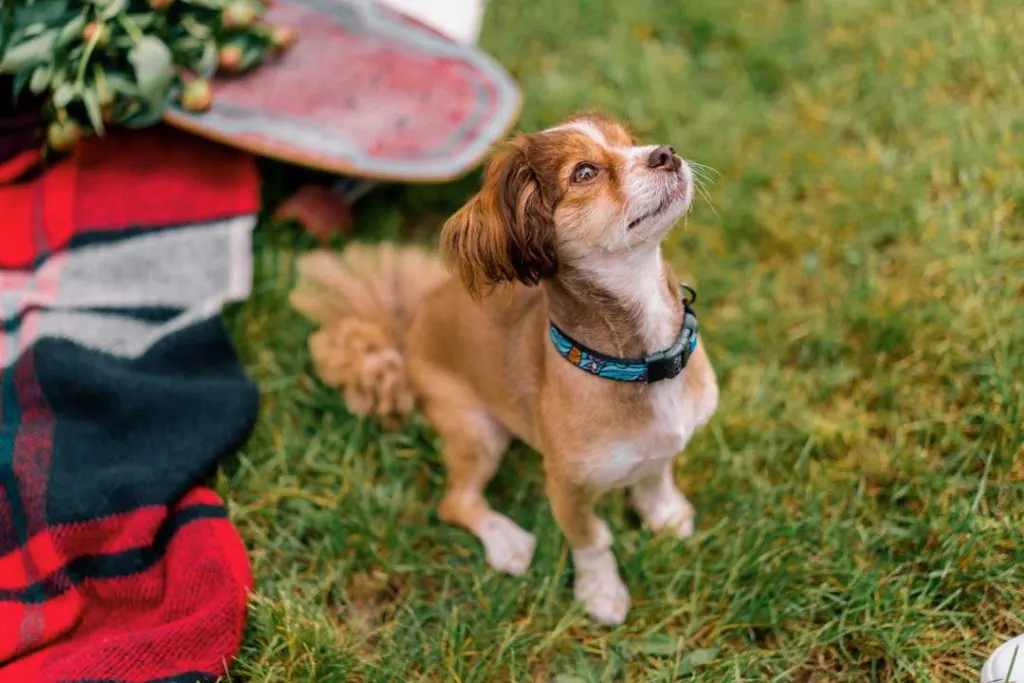
Spoiler alert: That probably won’t end well for your chair legs.
- Variety is Key: Stock up on toys with different textures and purposes: squeaky plushies, rope toys, rubber chew toys, puzzle feeders—the works.
- Rotate Out the Old: Instead of leaving all toys available 24/7, rotate them in and out. That way, your dog’s interest stays piqued. It’s like Netflix for dogs—new episodes each week keep them from boredom.
- Use Puzzle Feeders: Want to keep your dog busy for more than five seconds? Puzzle feeders are a lifesaver. They stimulate the brain and reward your dog for problem-solving skills. Who knew Fido could be a genius?
When your dog has their own chew-worthy arsenal, they’re less likely to munch on your couch cushions or that expensive rug you inherited from Aunt Martha.
Block Off the No-Go Zones
If you can’t trust your dog around your brand-new white sofa just yet (understandable!), it’s time to employ some strategic barricading. Your dog doesn’t need full run of the house to be happy.
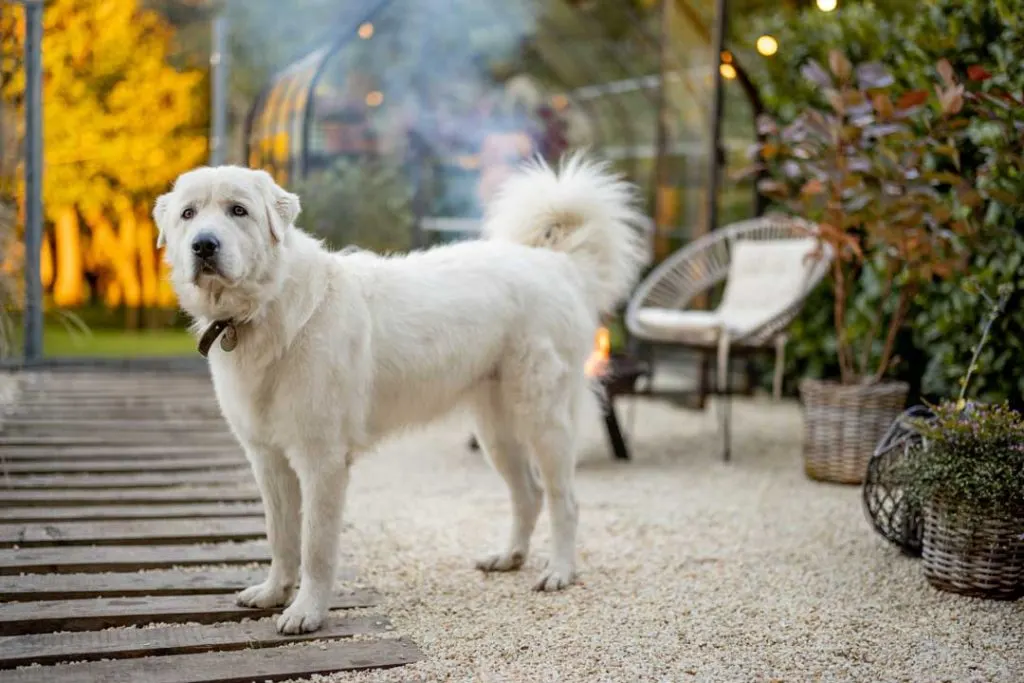
- Baby Gates: Not just for babies! Gates are fantastic for keeping dogs out of certain rooms. Bonus: They’re cheaper than repairing your brand-new couch.
- Closed Doors: The simplest solution: keep the door shut. If you don’t want your dog in your bedroom or that one bathroom with the trash can full of “tasty” tissues, shut the door and be done with it.
- Crate Training: While not everyone’s cup of tea, crate training can give your dog a safe, cozy den while preventing unauthorized exploration. Just remember to make it a positive space—they’ll love it if it’s comfortable and treat-laden.
Look at it this way: blocking off no-go zones is kind of like toddler-proofing, except your “toddler” might weigh 80 pounds and bark at the mailman.
Electrical Cord Chaos: A Shocking Hazard
Dogs and cords don’t mix. If your pup decides to chew an electrical cord, you could be facing a situation that’s both dangerous and expensive. Thankfully, there are ways to reduce the risk of a shocking outcome.
- Hide the Evidence: Tuck cords behind furniture or use cord concealers along the baseboard. The fewer cords in your dog’s field of vision, the less chance they’ll mouth them.
- Protective Covers: Pet-proof cord covers exist to deter chewing. They’re usually made of tough plastic or rubber that tastes awful (from a dog’s perspective, anyway).
- Unplug It: If you’re not using an appliance, unplug it and stash the cord somewhere safe. Sometimes the simplest solutions are the best.
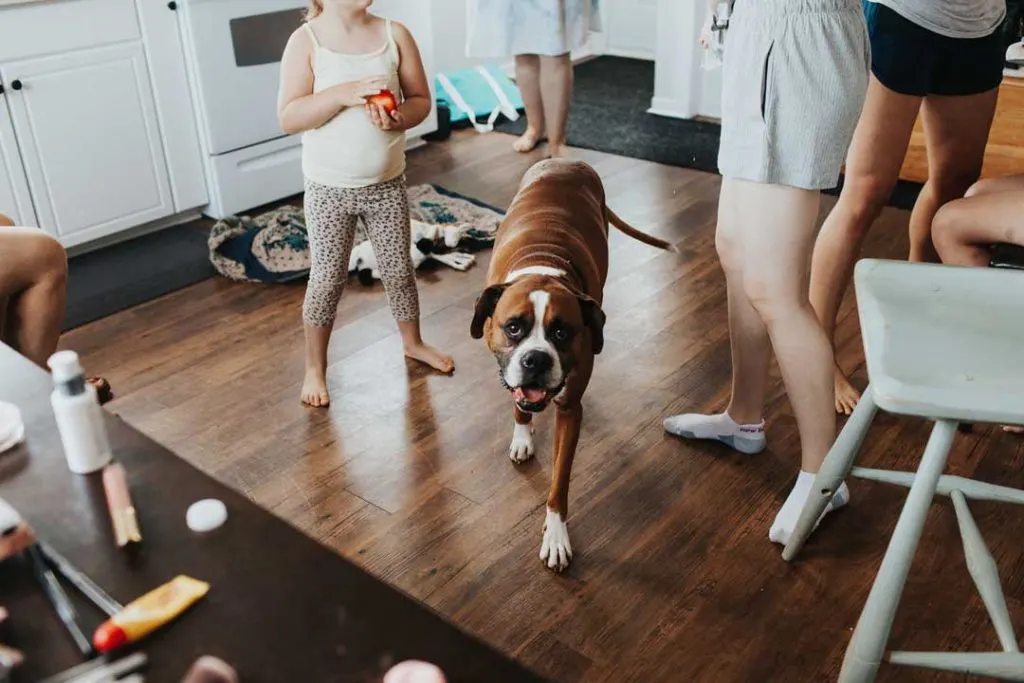
A bit of preventative cord management goes a long way toward keeping your curious canine safe—and your electronics intact.
Kitchen Confidential: The Foodie Danger Zone
Ah, the kitchen: a dog’s paradise of potential snacks. From countertops loaded with food (just within reach of those cunning front paws) to cabinets hiding those oh-so-tempting cleaning supplies, the kitchen is a hotbed of temptation.
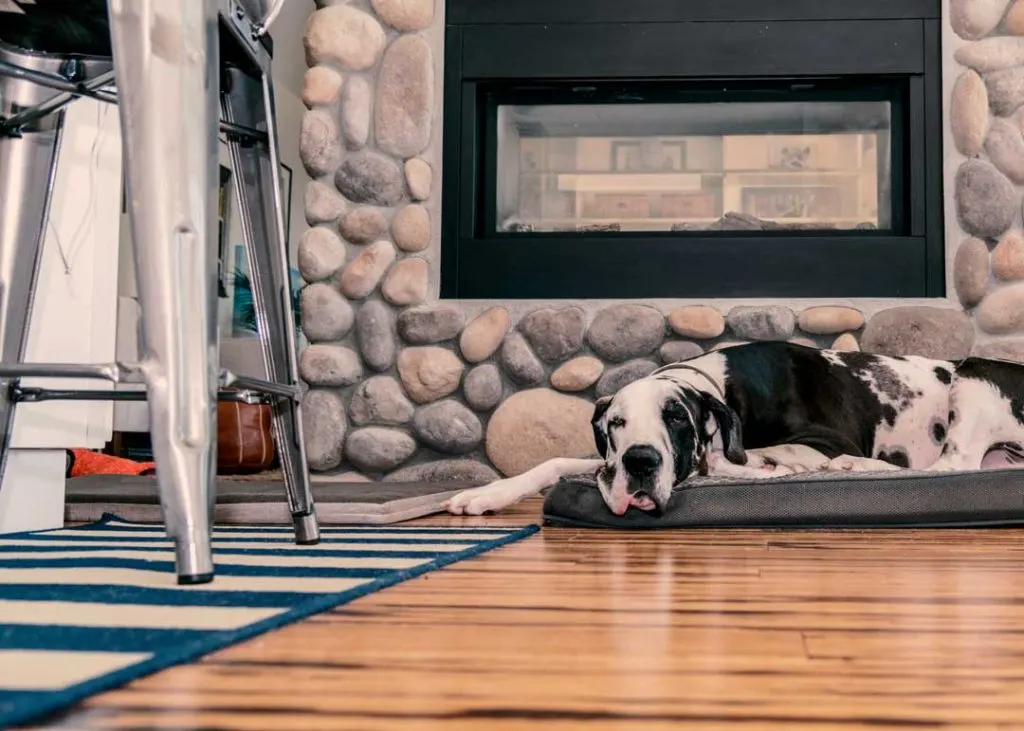
- Latch It Down: Dogs are shockingly adept at opening cabinets and even the fridge. Consider installing childproof latches—because your dog is basically a giant toddler with a better sense of smell.
- Secure the Trash: If your garbage can is easy for your dog to knock over or rummage through, get one with a lid that locks or store it in a cabinet. This prevents your pup from sampling leftover casserole or “delicious” moldy items.
- Counter Surveillance: If you’ve got a counter-surfer, keep food pushed far back—or invest in a higher countertop. Alternatively, do some training to discourage the behavior. But let’s be real: if there’s a juicy steak in reach, training might fly out the window.
Treat the kitchen like Area 51: everything is on a “need-to-know” basis, and Fido doesn’t need to know what’s lurking in that trash can or behind cabinet doors.
The Backyard Saga: Where Holes and Great Escapes Happen
Now, let’s take this operation outside. Your backyard is basically your dog’s personal amusement park—but that also means plenty of ways to wreak havoc. The key is to balance freedom with safety, ensuring your beloved pup can zoom around without decimating your lawn or staging an escape.
- Fence It Right: A sturdy fence is non-negotiable if your dog has the wandering spirit. If you’re looking for materials or installation, chat with fence suppliers who understand dog-related challenges—because nobody wants to find their pup partying in the neighbor’s flower bed.
- Digging Deterrents: Some dogs love to dig under fences, creating tunnels like they’re on a mission from Alcatraz. Bury chicken wire or large rocks along the fence line to thwart this. Or designate a “digging box” filled with sand or dirt to satisfy their urges in a controlled space.
- Toxic Plants: Certain garden plants are poisonous to dogs (like azaleas, lilies, and daffodils). If your dog is a green-leaf snacker, double-check your yard for harmful flora and remove or fence off those areas.
With a secure fence and a bit of landscaping smarts, your yard can transform from a potential war zone into a canine paradise—minus the crater-like holes.
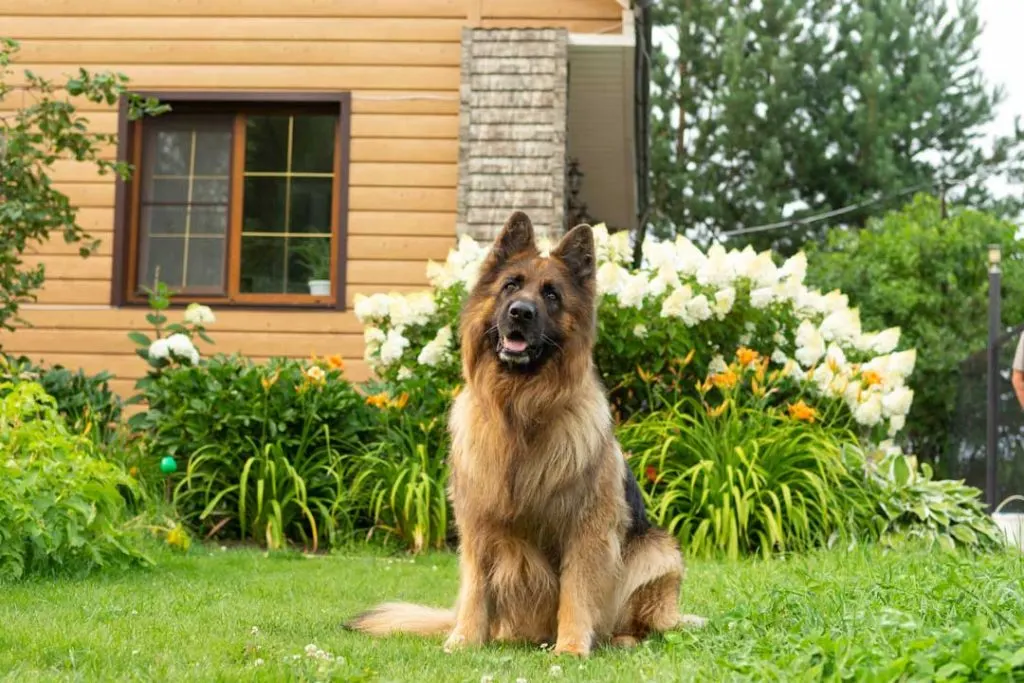
Garden Gadgets and Dog Safety
Gardens often feature a variety of tools, decorations, and chemicals. While they might be essential for cultivating your outdoor Eden, they can also pose serious risks to your dog’s health and safety.
- Lock Up the Chemicals: Fertilizers, pesticides, and weed killers can be extremely toxic. Keep them in a locked shed or high shelf. Better yet, opt for pet-safe or organic alternatives where possible.
- Tool Time Caution: Rakes, shears, and lawnmowers aren’t exactly dog-friendly toys. After use, stash them in the garage or a locked storage box so your pup can’t inadvertently injure themselves.
- Water Features: If you’ve got a pond or pool, ensure your dog can’t fall in. Even if they’re a strong swimmer, unsupervised water access can spell disaster. Install a secure cover or a dog-proof fence around open water features.
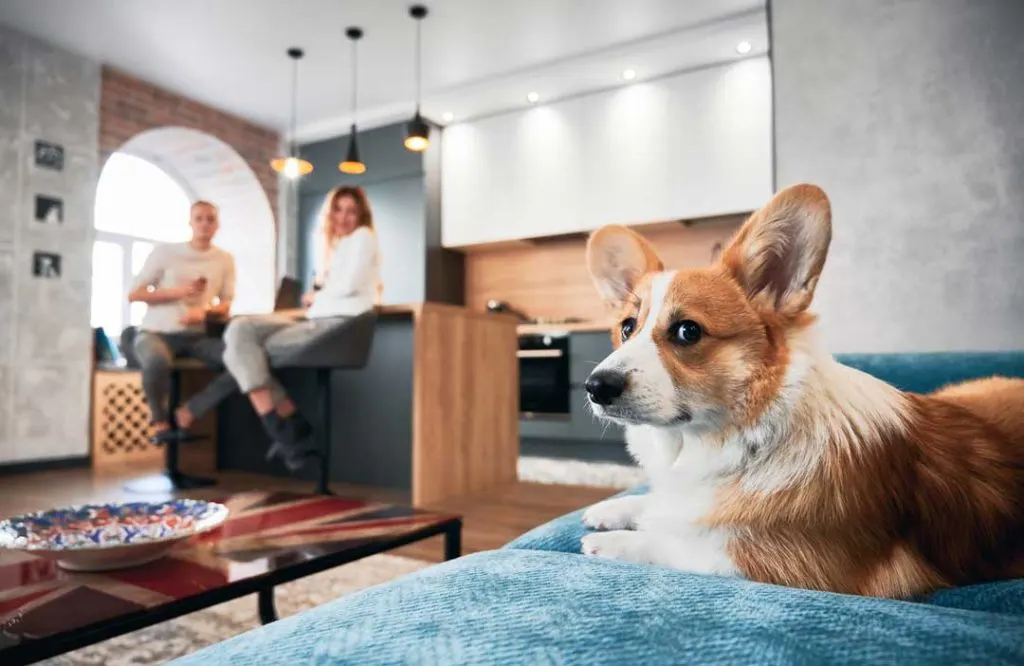
Who knew that your collection of gardening tools could double as a potential canine obstacle course of danger? A little organization keeps everyone safe and your dog’s tail wagging.
Boredom: The Real Culprit Behind Bad Behavior
Half the time, dogs get into trouble simply because they’re bored out of their furry little minds. A bored dog is like a toddler in a room full of permanent markers—things are bound to go south quickly.
- Daily Exercise: A tired dog is a good dog. Long walks, games of fetch, and even agility training can help burn off that excess energy.
- Mental Stimulation: Puzzle toys, snuffle mats, and treat-dispensing gadgets do wonders for engaging your dog’s brain. An occupied mind is less likely to fixate on chewing your throw pillows.
- Quality Time: Sometimes, all your dog wants is your attention. Regular play sessions, training, or even cuddling on the couch can make a huge difference in their behavior.
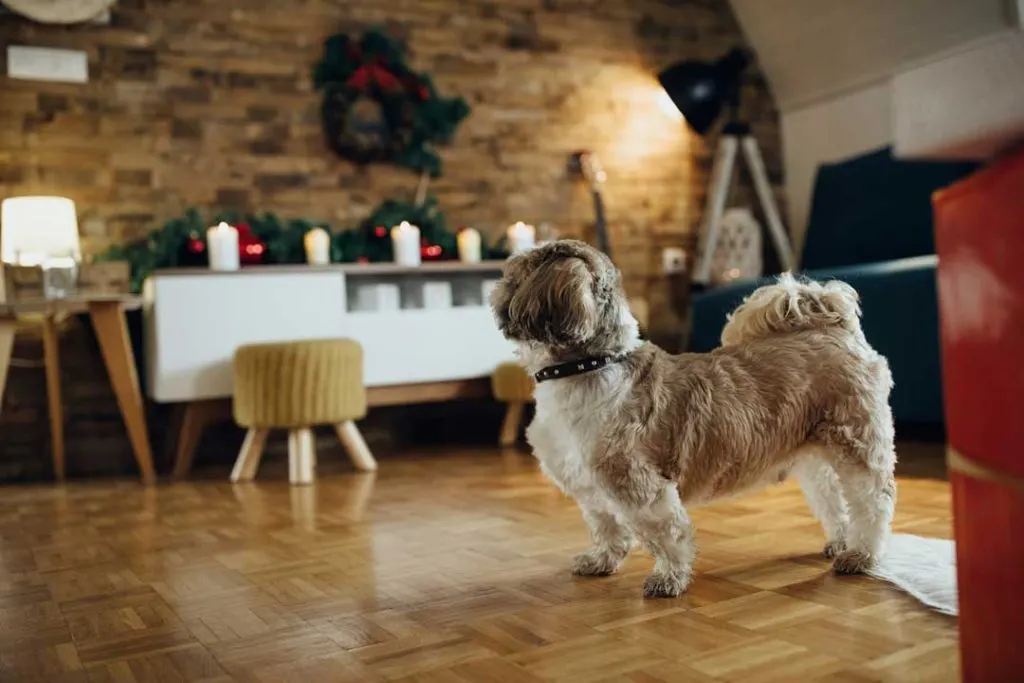
Think of dog-proofing as a partnership: you do your part to keep hazards out of reach, and your dog does their part by not seeking out mischief.
And that “part” is usually fueled by good old-fashioned exercise and bonding.
Dog-Proofing 101: Keep Your Home Safe from Pet Mischief
Dog-proofing your home is a game-changer for both pet safety and household peace. By removing hazards, securing no-go zones, and providing proper chew toys and mental stimulation, you can prevent damage and keep your dog happy.
A well-dog-proofed home means fewer accidents, less stress, and a safer environment for your furry friend. Start making small changes today, and enjoy a home that’s both stylish and pet-friendly!

Jessi is the creative mind behind The Coffee Mom, a popular blog that combines parenting advice, travel tips, and a love for all things Disney. As a trusted Disney influencer and passionate storyteller, Jessi’s authentic insights and relatable content resonate with readers worldwide.
